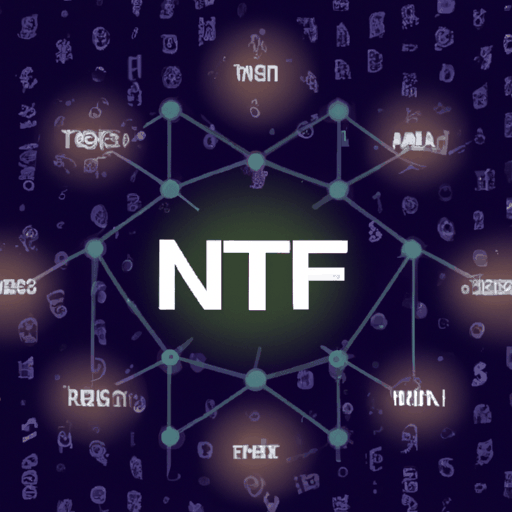
Advanced Strategy: The Art and Science of Creating NFTs
By: Eva Baxter
Non-Fungible Tokens (NFTs) have become a major force in the digital assets arena, providing creators with the unprecedented ability to authenticate and profit from their digital content. Unlike fungible cryptocurrencies like Bitcoin and Ethereum which can be swapped on a like for like basis, NFTs have unique attributes that prevent them from being directly exchanged with each other. This difference is the core reason why digital artists, musicians, and other creators are using NFTs to sell their work directly to their audience.
Creation of NFTs goes beyond mere technical knowledge of blockchain and smart contracts, it also requires an understanding of the potential market dynamics and regulatory landscape. In recent times, NFTs have expanded beyond digital art to incorporate collectibles, virtual real estate and more. Innovation is rapid, but it is critical for creators to make informed decisions to navigate this fast-evolving space successfully.
Minting an NFT on platforms like Ethereum requires the creator to identify the digital representation of their NFT and adding it directly to their digital wallet. Some platforms like OpenSea provide a fairly intuitive interface for creating and managing these assets in a decentralized marketplace. Once an NFT is minted, it cannot be altered, underscoring the need for careful planning during the creation process.
On a final note, while NFTs and fungible tokens like BRC-20 have different functionalities and operate on different blockchains, they collectively shape the landscape of the expanding digital asset universe.



